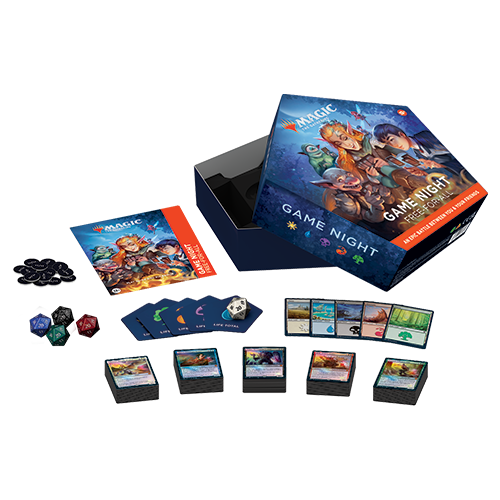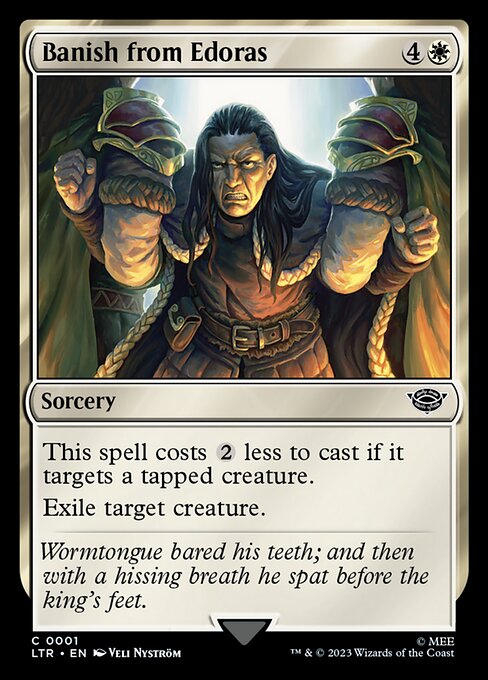Top Facts For Selecting The Gathering MTG
Wiki Article
What Is Mtg? Magic: The Gathering?
Magic: The Gathering (MTG) is a collectible cards game invented by mathematician Richard Garfield and published by Wizards of the Coast. It was released in the year 1993 and has been a huge popularity ever since.
Gameplay: Players assume the roles of wizards known as "planeswalkers" and use decks of cards that represent the magic of spells, creatures artifacts and more to defeat opponents.
Cards - Each one has unique abilities and effect. These include artifacts, spells, and creatures.
Deck Building: Players may make decks of playing cards with at 60 cards. The mana resource (game's magical resource) can be used in a variety of colors.
Game Objectives - The goal is to cut down your opponent's life count from 20 down to 0. This can be accomplished through casting spells or cards in a planned manner.
Trading Cards
Collectorship - MTG cards are collectible. With various rarities as well as abilities and artwork some cards are sought-after by collectors and players.
Sets and expansions- The game releases sets and expansions on a regular basis and introduces new cards, mechanics, or themes for the gameplay.
Market and Value - Certain cards are highly valued in the market for second-hand cards. The players can buy, trade or sell these cards.
Formats and Playstyles
Standard- Has the newest cards and a rotating pool.
Modern, Legacy and Vintage- Allowed cards from older sets to fit different tastes and strategies.
Limited Formats - Sealed and Draft formats where players build decks using a small amount of cards, adding the element of randomness as well as strategy.
Community and Competitions
Global and Local Community- Players meet at game stores or tournaments to play, trade, and have a good time.
Competitive Play- Organized competitions include tournaments, championships professional events, and prize pools that are significant.
Cultural Impact-
MTG has a dedicated following and has had an impact on other games and media that include comics, novels and video games as well as online content.
Magic: The Gathering has numerous strategic elements that mix skills, luck, and deck building strategy. This game offers diverse game play for players of all levels. Take a look at the top buy mtg for more examples including magic the gathering search, mtg sets, card collection, magic gathering, magic card store, magic and gathering, make mtg cards, mtg magic, mtg sets, magic gathering set and more.

What's The Point Of Magic: The Gathering Artifact Card? Pros And Pros And
Magic: The Gathering's artifact cards provide a range of magical devices, objects or constructions. They can be used to create special effects as well as abilities. Be aware of their pros and cons.
Versatility- Artifacts can have numerous effects, from providing mana, boosting creatures, drawing cards or controlling the board or even acting as win conditions. They are able to be used in many decks because they are so versatile.
Persistent Effekte - Artifacts on the battlefield generally remain in place until removed. They can have a a lasting effect or provide benefits that can continue to affect the game.
Colorless-Many artifacts do not require a particular mana color to be cast or using. This allows them to be incorporated into decks with a variety of shades without altering the quality of mana.
Synergies – Artifacts are able to work well in conjunction with other kinds of cards, including spells, creatures, and the enchantments. These can result in powerful interactions that can enhance a player’s strategy.
Cons-
Vulnerability- Artifacts can be targeted or removed by certain spells or effects targeting artifacts. They also have the ability to neutralize or destroy them by using cards specifically designed to interact with and attack artifacts.
Resource Cost - Some powerful artifacts need a large amount of mana. This can cause them to be difficult to cast in early games. This could cause players to lose concentration or become vulnerable in the initial turns.
Artifact removal - Some strategies or strategies will focus on removing artifacts. This could make them less effective or eliminate the benefits.
Dependence on other cards Certain artifacts might require support from other cards to reach their full potential, and their performance may be hampered when they lack the support they require.
Similar to other card types in Magic The Gathering, artifacts play significant roles in deck building and strategy. They provide unique effects that can enhance various game strategies and their versatility in integrating into various archetypes of decks makes them invaluable advantages in numerous Magic: The Gathering decks. When building the Magic: The Gathering deck, it is important to be aware of their potential for removal as well as their potential dependency on other cards. Follow the top magic cards shops for more advice including magic gathering set, magic videogame, order magic the gathering cards, magic the gathering show, best magic of the gathering cards, magic the gathering magic, magic videogame, mtg cards cost, magic formats, mtg finance and more.

What Does Magic: The Gathering Land Card Do? Pros And Pros?
Magic The Land cards of the Gathering are crucial for the game. They provide the mana needed to deploy cards and cast spells. Here are some of their benefits and cons.
Mana Generation- Land cards are the main source of mana in the game. Mana is generated through tapping on land cards.
Stability: Once you've played them the land cards stay on your battlefield, and they continue to supply mana at each turn.
Different types of land produce different colors of Mana. They help players gain access to the specific colors required to cast spells that match colors in their own deck.
Certain land cards have additional capabilities. Some land cards can do more than just generating mana. They are also able to draw cards, increase life, or carry out other effects when they're tapped.
Cons-
Limited functionality- In contrast to other types of cards, land cards serve primarily to generate mana. They have no direct impact in the game, other than producing mana.
Vulnerability to Destruction- Lands are susceptible to being destroyed by certain effects or spells that target specific lands that could result in players being deprived of their mana reserves or disrupting their ability to cast spells.
Limitation to one card per turn - The players are usually allowed to play one land each turn. This limits how much mana is generated during a given turn.
Opening Hand Balancing- Drawing too many or a small number of lands when the first card of a hand may result in negative effects on the game. It could affect a player’s ability to effectively cast spells and advance their strategy.
The Land Cards form the basis of every Magic: The Gathering game They provide the necessary mana for other spells to used and also the capability to participate in the game. Their constant presence is vital for executing strategies and using powerful cards. However, their limitations beyond mana generation and vulnerability to certain effects should be taken into consideration when constructing decks and gameplay strategy. Check out the top stores that sell magic the gathering cards for site recommendations including sell mtg cards, top magic cards, best magic the gathering, sell mtg, magic cards collection, magic sets mtg, magic tcg decks, magic the gathering cards prices, sell mtg cards, magic and gathering cards and more.
